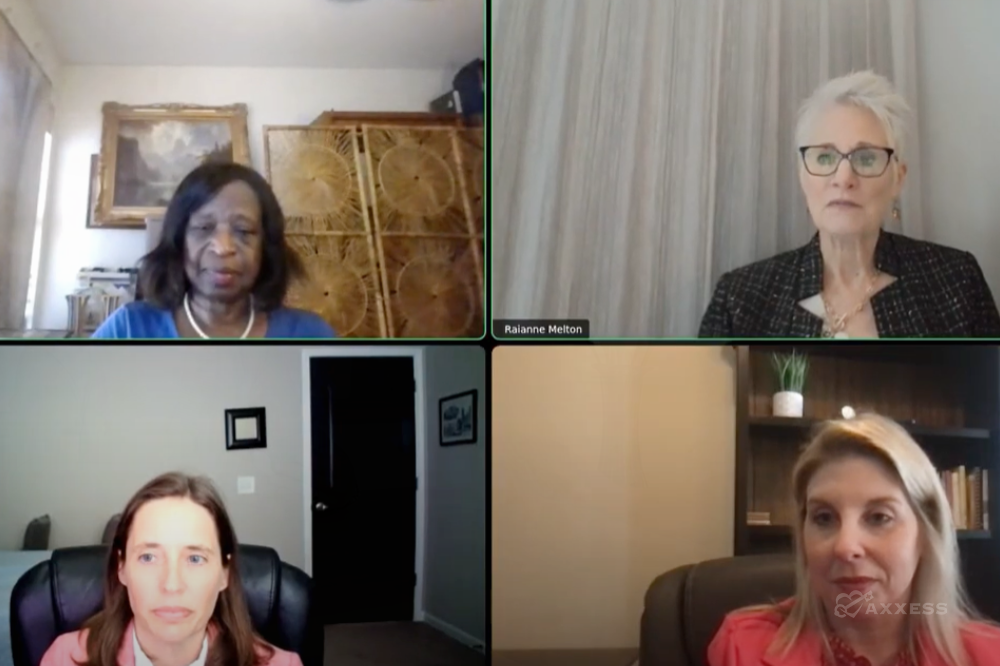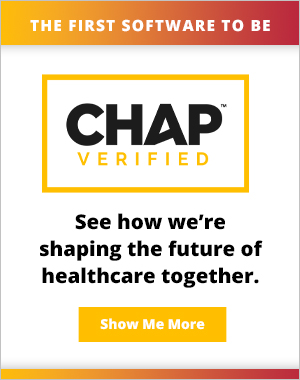
With the Hospice Outcomes and Patient Evaluation (HOPE) assessment tool taking effect on October 1, 2025, it is crucial to understand how your technology partner is actively preparing your organization for these significant regulatory changes.
In a recent webinar, Axxess Senior Director of Clinical and Professional Services, Raianne Melton, Axxess Senior Implementation Consultant, Rosena Clarke-Turner, and Axxess Director of Hospice Sales, Wendy Amerson, discussed workflow strategies for providers, as well as features within Axxess Hospice that streamline care documentation and task management while ensuring compliance.
Tools for Enhanced Productivity
Speaking specifically about key features available within the platform, Clarke-Turner highlighted the My Dashboard feature, which enables clinicians to review all the visits they have for the day, streamlining their workflow.
“From the clinician’s perspective, we have the dashboard, which is an immediate daily prompt for those visits that are scheduled, so that they [clinicians] know where they are supposed to go and what to prioritize for that patient,” Clarke-Turner said.
Clarke-Turner also noted a key tool for schedulers, highlighting the new scheduling widget which enables schedulers to track the status of required visits and address the visits as needed.
“Schedulers have a widget that they can use to track the status of required visits,” Clarke-Turner said. “They can then assign and prioritize visits based on what is available.”

As a best practice, the group emphasized that providers should strictly adhere to the HOPE workflow and guidelines integrated into Axxess Hospice. They noted that clinicians will be able to seamlessly follow the initial HOPE assessment and HOPE Update Visit (HUV) documentation, saving them time and increasing their productivity while maintaining compliance.
“We were really intentional with how we created the HOPE visits,” Amerson said. “We looked at ways we could streamline documentation, knowing that we were going to have to add in questions just to meet HOPE requirements.”
“Nobody has an additional 55 minutes to add to admission,” Melton said. “So, by strategically having that workflow and follow through in that initial comprehensive assessment and HUV, it provides a natural flow that’s not only going to save time but also guide your staff through accurate completion.”
For more information on the HOPE workflow, click here.
Tips for Success
Speaking generally about strategies for optimizing productivity during the HOPE transition, the group stressed that all members of the organization need to be appropriately trained and prepared for HOPE.
“HOPE training needs to include everyone,” Clarke-Turner said. “Including those who are approving the HOPE record, and part of working smarter is including those who aren’t clinicians. Those can be office staff that you train to recognize HOPE-related elements…So that clinicians are released to do clinical things. So, if you haven’t considered someone in your office to handle the HOPE-related data elements, please consider it.”
Melton mentioned that providers need to also familiarize themselves with HOPE visit timelines, and to be sure to build in extra time for submission adjustments, especially during the transition period.
“Put in some cushion time within your submission period to ensure that if it gets sent back, and you have to tweak it, you have the opportunity to do that.” Melton said.
Amerson noted that providers should leverage all available technological resources to track and manage their HOPE visits and timelines. She stressed that, regardless of the technology partner, it is crucial to ensure that the tools are working effectively and adequately supporting the organization.
“Make your technology work for you instead of you working for your technology,” Amerson said.
HOPE is here. For additional HOPE resources, click here.
